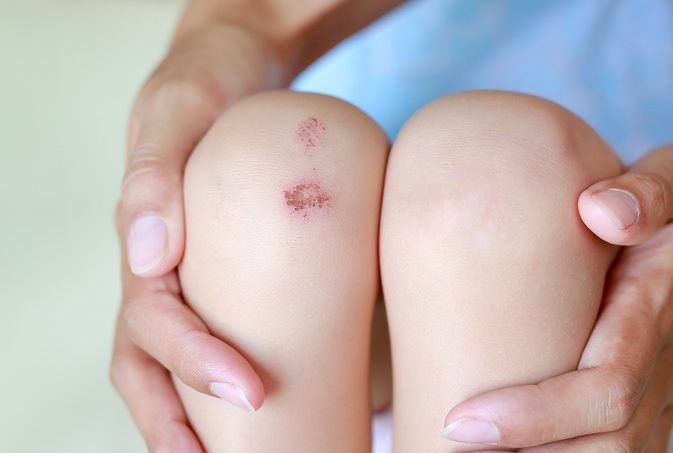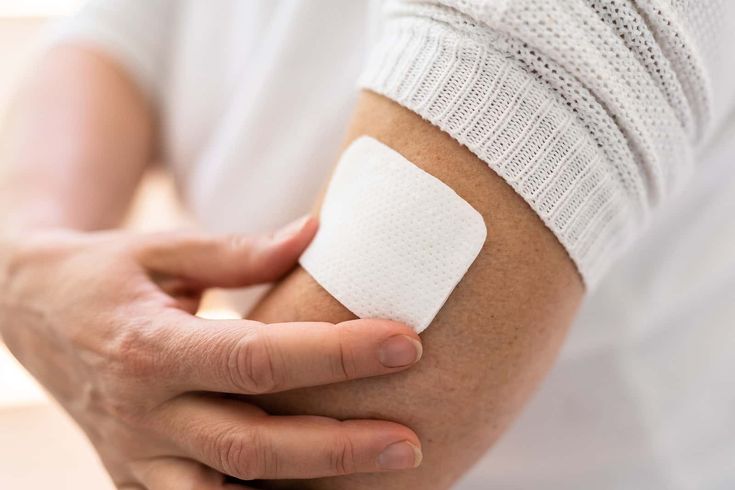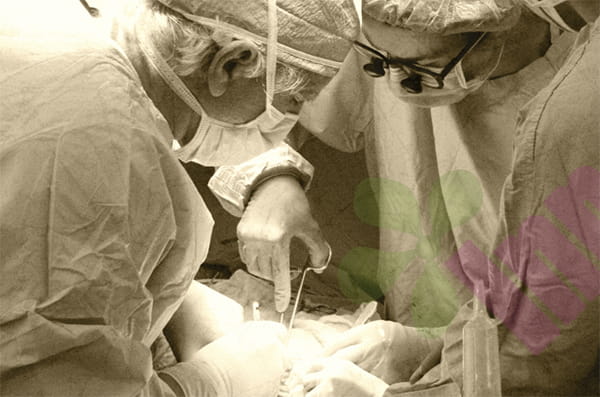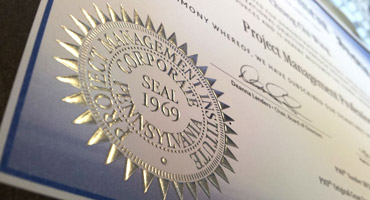"Mom, the scabs are itchy!" When children scratch the scabs on their knees with their dirty little hands, most parents will just stop them quietly, but they don't know that this seemingly harmless action may plant an invisible bomb for health. In the summer when accidental injuries to children are more common, we should not only pay attention to the wound treatment itself but also be alert to the chain reaction caused by improper care during the scab period.

Why is post -scab care also important?
Many people think that the wound has healed after the scab forms, but this is not the case. Wound healing is like a precise bioengineering process, and scab formation is a crucial "sealing" stage. When the skin is damaged, platelets first aggregate to form blood clots to stop bleeding, and then fibrin weaves into a mesh scaffold. Keratinocytes crawl along this scaffold toward the center, eventually forming a dark brown scab. This natural protective layer can not only block the invasion of external bacteria but also maintain a moist environment for the wound and promote the differentiation of new skin cells.
However, the itching caused by scabs is often unbearable for children. Clinical observations have found that the probability of 3-6-year-old children scratching scabs is as high as 82%, which is closely related to the high skin sensitivity and lack of self-control in this age group. What is more noteworthy is that sweat stimulation in summer will aggravate the itching sensation, forming a vicious cycle of "the more itchy, the more scratching, and the more scratching, the more itchy it becomes."
What hidden dangers will come from not being able to bear the scabs in your mouth?
Under the seemingly hard scab, there are actually mysteries. When children scratch with unclean fingers, pathogenic bacteria such as Staphylococcus aureus and Streptococcus in the nail crevices may take advantage of the opportunity to enter. After these bacteria colonize the damaged scab, they will travel along the lymphatic vessels or blood in the body.
What needs special attention is group A beta-hemolytic streptococci, a common skin colonizing bacteria that may cause acute glomerulonephritis when immunity is low. When the toxins produced by the bacteria cross-react with kidney antigens, it will cause damage to the glomerular basement membrane and typical symptoms such as hematuria and proteinuria. Outpatient cases show that about 15% of children with post-streptococcal nephritis have a history of improper treatment of skin damage 2-3 weeks before the onset of the disease.
Scientific care for wounds during the scab period:
1. Special care plan during the scab period
Physical antipruritic method: Use refrigerated saline gauze for cold compress, or apply medical silicone gel to form a protective film
Behavioral intervention: provide stress-relieving toys for older children and wear anti-scratch protective gear for younger children
Environmental control: Keep the wound area dry and clean the surrounding skin with a weak acid lotion every day in summer
2. The natural shedding rule of scabs
The shedding time of scabs is related to the depth of the wound. It takes about 7-10 days for superficial abrasions and more than 14 days for sutured wounds. Parents can judge the healing progress by observing the color of the scabs: it gradually turns from dark brown to light yellow, and when the edges are raised, it means that the new skin is mature. Do not tear it off artificially to avoid secondary damage.
3. Infection warning signs:
If the wound becomes red and swollen and the area expands to more than 1 cm, the exudate increases and becomes turbid, the body temperature exceeds 38.5℃ and persists, and the lymph nodes are swollen, you need to seek medical attention immediately. These may be signs that bacteria have broken through the scab barrier.

Prevention First:
In daily care, parents are advised to help their children with examination and care as much as possible.
Prepare a special care kit (sterile cotton swabs, saline solution, antibacterial dressing)
Prepare restraint tools for children of different ages (anti-scratch gloves, elastic bandages)
Stock up on antihistamines for children (on the advice of your doctor)
Check wound healing progress daily
Check your nails weekly
For children with scar-prone constitution, onion extract gel can be used in advance during the scab formation period, which can not only relieve itching but also prevent pathological scar formation. In terms of diet, increasing foods rich in vitamin C and zinc (such as kiwi fruit and oysters) can promote collagen synthesis and accelerate wound healing.
From the perspective of children's health management, every scab is a medal of body repair. When we replace rude prevention with scientific cognition and replace empiricism with meticulous care, we can truly protect this fragile lifeline. After all, prevention is always more economical than treatment, and the popularization of health knowledge is the best protective armor for every family.
For more information on Innomed®Polyurethane foam dressing, Refer to the Previous Articles. If you have customized needs, you are welcome to contact us; You Wholeheartedly. At longterm medical, we transform this data by Innovating and Developing Products that Make Life easier for those who need loving care.
Editor: kiki Jia

 English
English عربى
عربى Español
Español русский
русский 中文简体
中文简体








